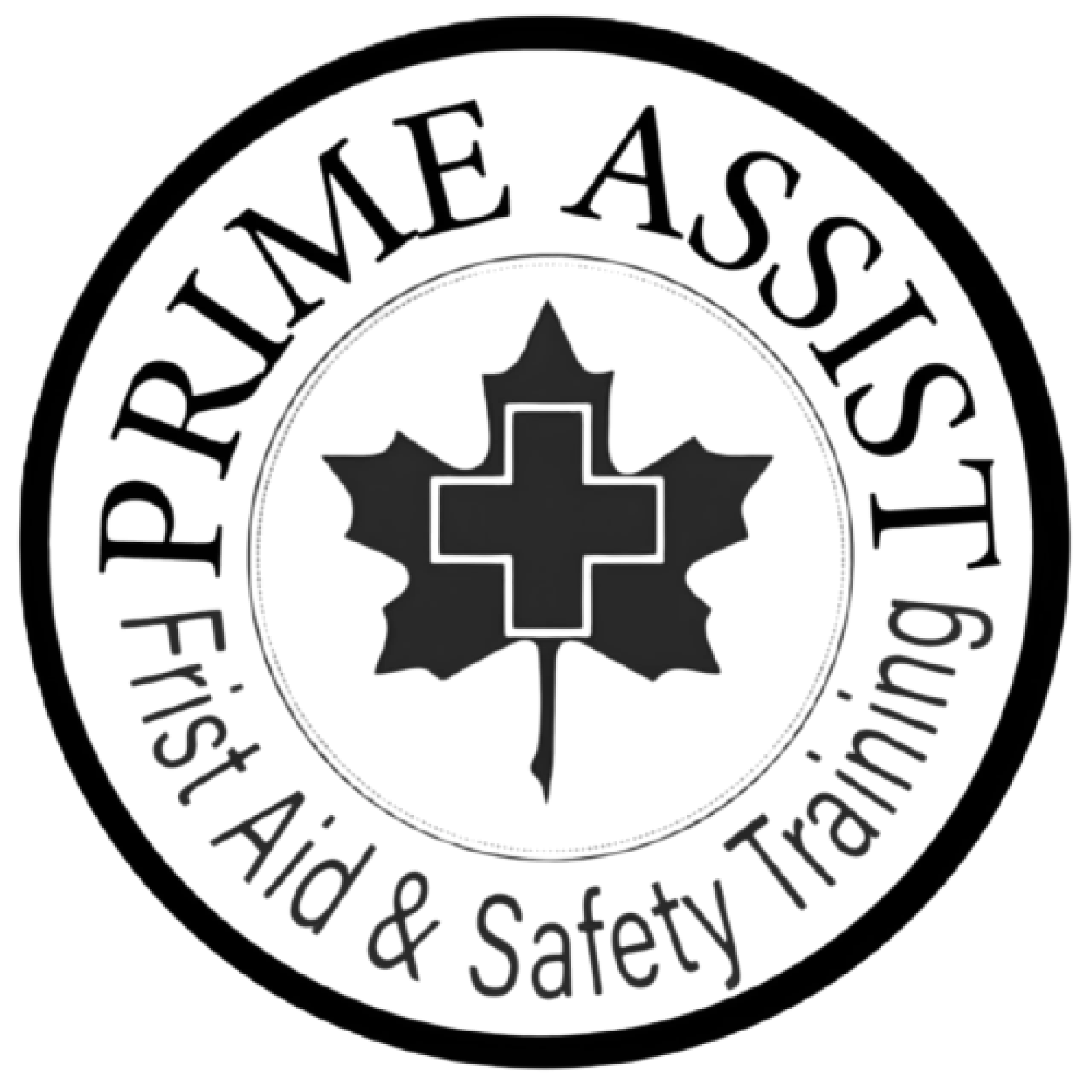Introduction
Growing a YouTube channel involves creating engaging content that resonates with your target audience and consistently attracting new viewers. Success on YouTube requires a combination of high-quality videos, regular uploads, and effective use of keywords and tags to increase visibility. Engaging with your audience through comments, collaborations, and social media can also help build a loyal subscriber base. Additionally, analyzing performance metrics allows you to refine your content strategy and continue growing your channel over time.
what is Youtube and why we have to grow our channel?
YouTube is a popular video-sharing platform where users can upload, watch, and interact with content. It’s become a global hub for entertainment, education, and information.
Growing your YouTube channel is crucial for several reasons:
- Reach: More subscribers means a wider audience for your content.
- Income: As your channel grows, you can monetize through ads, sponsorships, and merchandise.
- Influence: Larger channels often have more impact in their niche.
- Opportunities: Growth can lead to collaborations and career prospects.
- Community: A bigger channel fosters a stronger community around your content.
- Algorithm favor: YouTube tends to promote channels with more engagement.
- Brand building: A successful channel can become a powerful personal or business brand.
- Feedback: More viewers provide more insights to improve your content.
- Motivation: Channel growth can fuel your passion and creativity.
- Legacy: Building a channel lets you share your voice and ideas with the world.
Growing on YouTube takes effort, but the potential rewards make it a worthwhile pursuit for many content creators.
15 Niche ways to grow your YouTube Channel
1. Define Your Niche: Find Your Focus
Zeroing in on a specific niche is crucial for YouTube success. It’s not just about picking a topic you’re passionate about; it’s about finding that sweet spot where your interests meet audience demand. Start by brainstorming your skills, hobbies, and expertise. Then, research potential niches using YouTube’s search suggestions and trending topics.
Consider sub-niches or unique angles within popular categories. For instance, instead of broad “cooking videos,” you might focus on “5-ingredient vegan meals” or “historic recipe recreations.” This specificity helps you stand out and attract a dedicated audience.
Remember, a well-defined niche makes content planning easier and helps viewers understand what to expect from your channel. It also positions you as an authority in your chosen area, which can lead to faster growth and more engaged subscribers.
2. Understand Your Audience
Knowing your audience inside and out is key to YouTube growth. Start by analyzing your current viewers using YouTube Analytics. Look at demographics, watch time, and engagement metrics to build a picture of who’s watching your content.
Go beyond the numbers by engaging directly with your audience. Respond to comments, run polls, and ask for feedback in your videos. This two-way communication helps you tailor your content to their preferences and needs.
Create viewer personas to guide your content strategy. These fictional representations of your ideal viewers help you craft videos that resonate. Consider factors like age, interests, pain points, and what they hope to gain from your content.
Remember, understanding your audience isn’t a one-time task. Viewer preferences evolve, so regularly reassess and adjust your approach to keep your content fresh and relevant.
3. Choose the Ideal Channel Name: Make a Strong First Impression
Your channel name is often the first thing potential subscribers see, so it needs to pack a punch. A great name should be:
- Memorable: Easy to recall and spell
- Relevant: Reflects your niche or content style
- Unique: Stands out from similar channels
- Scalable: Allows room for your channel to grow and evolve
Consider using wordplay, alliteration, or a clever phrase related to your niche. For example, a channel about budget travel might be called “Wanderlust on a Shoestring” or “Frugal Footsteps.”
Avoid names that are too limiting or trend-dependent, as they might restrict your content options later. Also, check that your chosen name isn’t already in use and that you can secure matching social media handles for brand consistency.
Remember, while you can change your channel name later, it’s best to start with a strong identity. A well-chosen name helps viewers instantly understand your channel’s focus and can contribute to faster growth and recognition in the YouTube community.
4. Create High-Quality Content Consistently
Consistency is the backbone of YouTube success. It’s not just about posting regularly; it’s about maintaining a high standard with each video. Start by establishing a realistic upload schedule – whether it’s weekly, bi-weekly, or monthly – and stick to it. This helps viewers know when to expect new content and keeps you accountable.
Focus on value-driven content that solves problems, entertains, or educates your audience. Invest in good lighting and audio equipment to enhance production quality. Even smartphone cameras can produce great results with proper setup.
Plan your content in advance. Create a content calendar to manage ideas, filming schedules, and post-production. This approach helps maintain a steady flow of videos and reduces last-minute stress.
Remember, quality trumps quantity. It’s better to post one well-crafted video per week than multiple subpar ones. As you grow, you can experiment with different formats and lengths to see what resonates best with your audience.
Best ways for Optimizing Your Website for Mobile
5. Caption Your Videos: Improve Discoverability, Accessibility and Engagement
Adding captions to your videos is a game-changer for growth. First, it makes your content accessible to a wider audience, including deaf and hard-of-hearing viewers, as well as those watching without sound. This inclusivity can significantly boost your viewer base.
Captions also improve your video’s SEO. YouTube’s algorithm can read these captions, helping it understand your content better and potentially improving your search rankings. Additionally, viewers can search within your video using captions, enhancing the user experience.
While YouTube’s auto-generated captions are a start, manually editing them for accuracy is crucial. Consider adding translated captions to tap into international audiences. This extra effort can lead to increased watch time and engagement, both key factors in YouTube’s recommendation algorithm.
6. Set Your Channel Tags: Further Optimize Discoverability
Channel tags are a powerful, often overlooked tool for improving your discoverability on YouTube. These keywords help YouTube understand what your channel is about and can influence where your content appears in search results and recommendations.
Choose tags that accurately represent your channel’s content and niche. Include broad category tags as well as more specific ones related to your unique focus. For example, a channel about sustainable fashion might use tags like “fashion,” “sustainability,” “eco-friendly clothing,” and “ethical fashion tips.”
Don’t stuff your tags with irrelevant keywords – this can hurt more than help. Instead, focus on accuracy and relevance. Update your tags periodically to reflect any shifts in your content focus or to incorporate trending topics in your niche.
Remember, while tags are important, they work best in conjunction with other SEO strategies like optimized titles, descriptions, and content. Use them as part of a holistic approach to improving your channel’s visibility on the platform.
What is Customer journey mapping? | How should we use it?
7. Optimize Your Video Titles and Descriptions: Boost Visibility
Crafting effective titles and descriptions is crucial for attracting viewers and improving your videos’ search rankings. For titles, aim for a balance between intrigue and clarity. Use power words that evoke emotion or curiosity, but avoid clickbait tactics that mislead viewers.
Include relevant keywords in your titles, ideally near the beginning. For example, instead of “My Trip to Paris,” try “10 Hidden Gems in Paris: Local’s Travel Guide.”
In descriptions, front-load the most important information and keywords in the first couple of sentences. This text is visible in search results and can entice clicks. Include a brief summary of your video, relevant links, timestamps for longer videos, and calls-to-action for engagement.
Remember to use natural language – stuffing keywords can backfire. Your goal is to accurately represent your content while making it irresistible to potential viewers.
What is SEO and How Does it Work?
8. Use Engaging Thumbnails
Thumbnails are your video’s billboard on YouTube. A compelling thumbnail can significantly boost click-through rates, leading to more views and potential subscribers.
Create custom thumbnails that stand out. Use bright, contrasting colors and clear, readable text. Include a close-up of a face showing emotion, if relevant, as this can create an instant connection with viewers.
Ensure your thumbnail accurately represents your video content. Misleading thumbnails might get initial clicks but lead to poor retention and damage your channel’s reputation.
Maintain a consistent style across your thumbnails to build brand recognition. This could involve using similar layouts, color schemes, or fonts across your videos.
Test different thumbnail styles and analyze their performance. What works for one creator might not work for another, so find what resonates with your specific audience.
9. Leverage YouTube SEO: Increase Searchability
YouTube is the world’s second-largest search engine, making SEO crucial for growth. Start by researching keywords relevant to your niche using tools like Google Keyword Planner or TubeBuddy.
Incorporate these keywords naturally into your video titles, descriptions, and tags. Also, mention key phrases in your actual video content – YouTube’s algorithm can analyze speech.
Create content around popular search terms in your niche. For example, if you run a tech channel and notice many searches for “iPhone vs Android comparison,” consider making a video on this topic.
Use playlists to group related videos. This can increase watch time and help YouTube understand the context of your content.
Don’t forget about metadata like closed captions and hashtags. These provide additional context to YouTube’s algorithm and can improve your visibility in search results.
10. Engage with Your Audience
Building a community around your channel is vital for sustained growth. Respond to comments promptly and thoughtfully. This encourages viewers to engage more and can turn casual watchers into loyal subscribers.
Ask questions in your videos to encourage comments. For example, “What’s your experience with this? Let me know in the comments below.”
Use YouTube’s Community tab to post updates, polls, and behind-the-scenes content. This keeps your audience engaged between video uploads.
Consider hosting live streams to interact with your audience in real-time. This can create a stronger connection and provide valuable feedback.
Remember, engagement isn’t just about numbers – it’s about building relationships. Show genuine interest in your viewers’ thoughts and experiences. This authenticity can lead to a more dedicated fan base and organic growth through word-of-mouth recommendations.
11. Promote Your Videos on Other Platforms: Expand Your Reach
Don’t limit your content to YouTube alone. Expanding your reach across various platforms can significantly boost your channel’s growth. Start by identifying which social media platforms your target audience frequents most.
Create platform-specific content to promote your videos. For instance:
- Share eye-catching video snippets on Instagram and TikTok
- Post thought-provoking quotes or stats from your video on Twitter
- Craft longer, in-depth posts about your video topic on LinkedIn or Facebook
Leverage the unique features of each platform. Use Instagram Stories’ swipe-up feature (if available) to direct followers to your latest video. On Twitter, participate in relevant hashtag conversations and subtly mention your related video content.
Consider starting a blog that complements your YouTube content. This can improve your overall SEO and provide another avenue for viewers to discover your channel.
Collaborate with influencers or brands in your niche on other platforms. Cross-promotion can introduce your content to new, relevant audiences.
Remember, the key is to add value on each platform, not just drop links. Tailor your approach to each platform’s culture and audience expectations for best results.
12. Maximizing Playlists
Playlists are a powerful tool for increasing watch time and keeping viewers engaged with your content. They can also improve your channel’s organization and help YouTube’s algorithm understand your content better.
Create themed playlists that group related videos together. For example, if you run a cooking channel, you might have playlists for “Quick Weeknight Dinners,” “Vegetarian Recipes,” or “Baking Basics.”
Order your playlists strategically. Place your strongest, most engaging video first to hook viewers, then arrange the rest in a logical sequence that encourages continued watching.
Use clear, descriptive titles for your playlists and write informative descriptions that include relevant keywords. This helps with discoverability in YouTube search results.
Feature your best playlists on your channel page. This gives new visitors an easy way to dive into your content and can lead to longer viewing sessions.
Consider creating a “Start Here” playlist for new viewers. Include your best introductory videos that showcase what your channel is all about.
What is AI digital marketing? | Cons and Pros
13. Exploring YouTube Shorts: Tap into a Growing Trend
YouTube Shorts offers a unique opportunity to grow your channel by tapping into the popular short-form video trend. These vertical videos, up to 60 seconds long, can help you reach new audiences and drive traffic to your main channel.
Create Shorts that complement your main content. Use them to tease longer videos, share quick tips, or showcase behind-the-scenes moments. This gives viewers a taste of your style and encourages them to check out your full-length content.
Experiment with different types of Shorts:
- How-to snippets
- Interesting facts related to your niche
- Funny or relatable moments
- Sneak peeks of upcoming videos
Use trending sounds and hashtags relevant to your content to increase discoverability. But remember, originality is key – put your unique spin on trends. Cross-promote your Shorts on other platforms like Instagram Reels or TikTok to maximize exposure. While focusing on Shorts, don’t neglect your main content. Use Shorts as a complementary strategy to drive growth, not as a replacement for your primary videos.
14. Collaborate with Other YouTubers
Collaborations can exponentially grow your audience by introducing your content to new viewers. Look for creators in your niche or complementary niches with similar audience sizes.
Start small – perhaps with a shoutout or featuring each other’s content. As you build relationships, consider more involved collaborations like:
- Guest appearances in each other’s videos
- Joint live streams
- Collaborative series or challenges
Ensure collaborations feel natural and provide value to both audiences. The goal is to create content that’s greater than the sum of its parts. When reaching out for collaborations, be professional and specific. Explain why you think a collaboration would benefit both channels and suggest concrete ideas.
Don’t limit yourself to video collaborations. Consider podcast appearances, joint social media campaigns, or co-authored blog posts to diversify your collaborative efforts. Remember, successful collaborations are about building genuine relationships, not just gaining subscribers. Focus on creating great content together, and audience growth will follow.
15. Analyze and Adapt
Growing a YouTube channel requires constant learning and adjustment. Regularly analyze your channel’s performance using YouTube Analytics to understand what’s working and what isn’t. Key metrics to monitor include:
- Watch time
- Click-through rate
- Audience retention
- Traffic sources
- Subscriber growth
Look for patterns. Which types of videos perform best? What topics resonate with your audience? Use these insights to inform your content strategy. Pay attention to audience feedback. Comments, likes, and dislikes can provide valuable qualitative data to complement your analytics.
Stay updated on YouTube algorithm changes and best practices. The platform evolves, and so should your strategy. Don’t be afraid to experiment. Try new content formats, posting schedules, or video styles. Monitor the results and lean into what works for your channel.
Conclusion
In conclusion, in this article of Ador agency growing a YouTube channel takes dedication, consistency, and a deep understanding of your audience. By producing valuable content, optimizing your videos for search, and actively engaging with viewers, you can steadily build a strong subscriber base. Analyzing performance data and staying adaptable in your content strategy are key to long-term success. With persistence and creativity, your channel can thrive and become a significant platform for reaching and influencing a wider audience.
Tips for Creating Engaging Video Content
















































